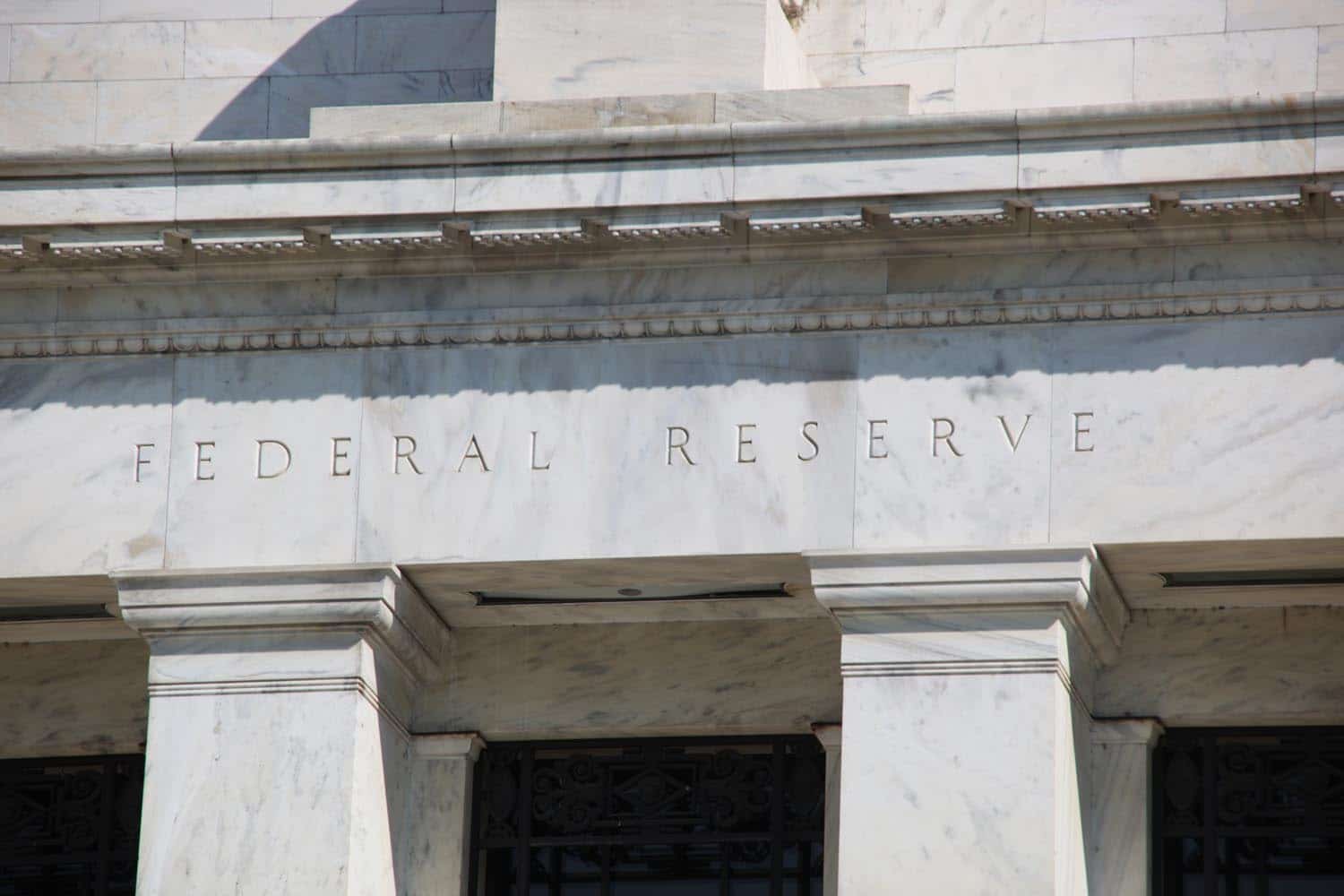The U.S. dollar is trading higher against its major counterparts today, after last night's minutes from the Federal Reserve meeting were interpreted by investors as hawkish. After a moderation in gross domestic product (GDP) growth was highlighted, the Fed outlined that low inflation figures was primarily due to low energy prices.
As the labor force participation rates stabilized in the first quarter, officials from the U.S. Federal Reserve sounded more optimistic about future growth in GDP and employment. While a broad decline in economic activity has been noted, only a few members of the Monetary Policy Committee have been worried about it.
Officials from the U.S. Federal Reserve sounded more optimistic about future growth in employment
In fact, the majority of the Federal Reserve staff has called for normalization of rates to begin before inflation starts moving towards the central bank’s two percent target or wages for that matter. After removing the notoriously famous word “patient” from their statement, the Federal Reserve Open Market Committee’s (FOMC) members have become more divided in the rest of their opinions on monetary policy.
According to the minutes, members of the FOMC “generally saw the new language as providing the Committee with the flexibility to begin raising the target range for the federal funds rate in June or at a subsequent meeting.”
Divided We Stand
While a number of participants have voiced their opinion that liftoff in rates should happen at the Federal Reserve’s June meeting, others disagreed. With the effects of energy price movements and the rising U.S. dollar kicking in, another part of the committee has taken the opposite stance.
That part of the FOMC stated that “conditions likely would not be appropriate to begin raising rates until later in the year.” Another part of the committee said that “the economic outlook likely would not call for liftoff until 2016."
Despite this discrepancy with the description of the first group as “several,” the market interpreted the message as dollar positive and the U.S. currency rallied strongly.
A variety of analysts have already voiced their opinions, attempting to decode the language of the Fed.
We view September as the likely timing for a first rate hike
A Barclays report stated, “We view September as the likely timing for a first rate hike, with some probability that the committee waits until December should core inflation be dragged lower by lower import prices. Our base expectation is for the federal funds rate to be hiked twice in 2015 to between 0.5 and 0.75 percent.”
But why did the U.S. dollar rally then? The Wells Fargo investment institute explained that in order to ascertain the probability of a future rate hike, investors should be paying attention to labor markets, stabilization of energy prices and the Exchange rates of the U.S. dollar.
In essence, traders should pay attention to the levels of the U.S. dollar in order to determine whether the Fed raises rates? Well if there is a standard here, it's that the Federal Reserve is not supposed to maintain the exchange rate of the U.S. dollar, so it's only up to the U.S. economy itself to determine whether it can handle a stronger dollar in the near future.

















